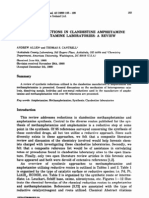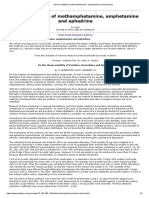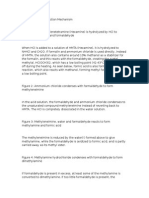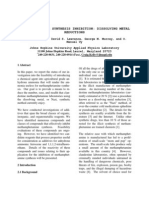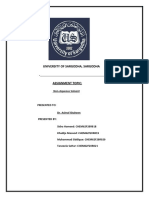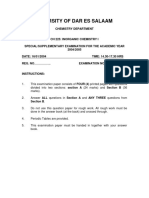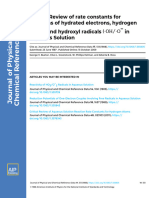0% found this document useful (0 votes)
314 views12 pagesMethamphetamine Synthesis
This document discusses the research on inhibiting methamphetamine synthesis by introducing chemical agents into agricultural grade anhydrous ammonia, which is commonly used in the illicit production of methamphetamine. The study identifies several compounds, including ferrocene and 1,1,1,2-tetrafluoroethane, that effectively inhibit the synthesis process, particularly targeting the dissolving metal reduction method. The goal is to increase the difficulty and risk associated with methamphetamine production, thereby reducing the prevalence of clandestine labs.
Uploaded by
roz23rozi23Copyright
© © All Rights Reserved
We take content rights seriously. If you suspect this is your content, claim it here.
Available Formats
Download as DOCX, PDF, TXT or read online on Scribd
0% found this document useful (0 votes)
314 views12 pagesMethamphetamine Synthesis
This document discusses the research on inhibiting methamphetamine synthesis by introducing chemical agents into agricultural grade anhydrous ammonia, which is commonly used in the illicit production of methamphetamine. The study identifies several compounds, including ferrocene and 1,1,1,2-tetrafluoroethane, that effectively inhibit the synthesis process, particularly targeting the dissolving metal reduction method. The goal is to increase the difficulty and risk associated with methamphetamine production, thereby reducing the prevalence of clandestine labs.
Uploaded by
roz23rozi23Copyright
© © All Rights Reserved
We take content rights seriously. If you suspect this is your content, claim it here.
Available Formats
Download as DOCX, PDF, TXT or read online on Scribd
/ 12
